
Photo taken by the rover Yutu 2 (Jade Rabbit 2) on Jan 11, 2019 shows the lander of the Chang'e 4 probe. (Photo/China National Space Administration)
Chinese scientists plan to use the Chang'e 8 lunar mission to explore the feasibility of using 3D printing technology to construct buildings on the moon, according to the chief planner of the country's lunar programs.
Wu Weiren, an academician of the Chinese Academy of Engineering and a leading scientist at the China National Space Administration, said the Chang'e 8 robotic probe — the third to be placed on the moon in the country's next lunar exploration endeavor — is set to land on the moon's South Pole to conduct on-site investigations of the environment and mineral composition at the landing site, and to check if some advanced technologies, 3D printing for example, can be done on the lunar surface using lunar materials in the future.
"If we wish to stay on the moon for a long time, we need to set up stations by using the moon's own materials," he said in a recent interview, ahead of the Space Day of China that falls on Monday.
"Lunar soil will be our raw material and it will be printed into construction units. Professors at several domestic universities, such as Tongji University in Shanghai and Xi'an Jiaotong University in Shaanxi province, have already begun studying the possible applications of 3D printing technology on the moon," he said.
China has a grand road map for exploration and development programs on our nearest celestial neighbor in the coming years, the chief planner said.
The very next step in China's lunar adventure — the Chang'e 6 robotic mission — is set to land on the moon's far side from where it will bring back soil and rock samples. Chang'e 5 has already retrieved samples from the moon's near side. "If Chang'e 6 succeeds, it will be the first time we get samples from the moon's far side," Wu said.
The Chang'e 6 probe consists of four components — an orbiter, a lander, an ascender and a reentry module — and is scheduled for launch around 2025.
The Earth's gravity creates tidal friction that slows the moon's rotation. Over time, the same face of the moon has become tidally locked, forever pointed toward the planet. This is the near side.
The other side, or the far side, has been extensively photographed from various spacecraft, starting with a Soviet probe in 1959, but no probe touched down on its surface until January 2019 when China's Chang'e 4 mission soft-landed in the Von Karman crater.
The lander and rover of Chang'e 4 have been working on the moon for more than four years and have continued to enable scientists to closely observe and conduct surveys on the far side.
After Chang'e 6, the Chang'e 7 robotic probe will be sent to land on the moon's South Pole to perform "high-precision investigations", Wu said.
"The Chang'e 7 mission is meant to look for traces of water on the South Pole, investigate the environment and weather there, and survey the landform. The probe will carry a 'flyby craft' tasked with flying into pits on the lunar surface to look for ice," the scientist said.
"Chang'e 7 will also be tasked with detecting the natural resources beneath the lunar South Pole's surface. Mission planners are trying to assess if we can use the probe to dig into the surface and study underground structures and their composition," he said.
In the long run, scientists will use components of the three upcoming missions — the orbiters, landers, rovers and sensors — to form the prototype of a robotic scientific outpost, which will act as a platform for international collaboration on lunar exploration, he added.








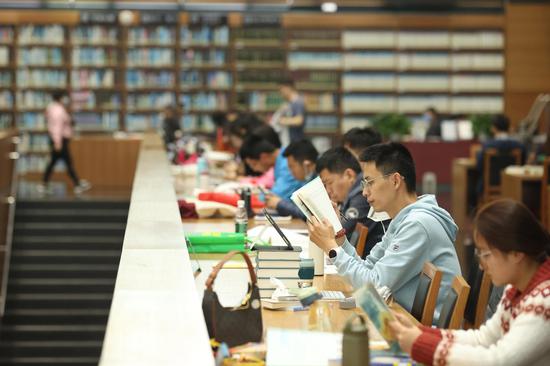


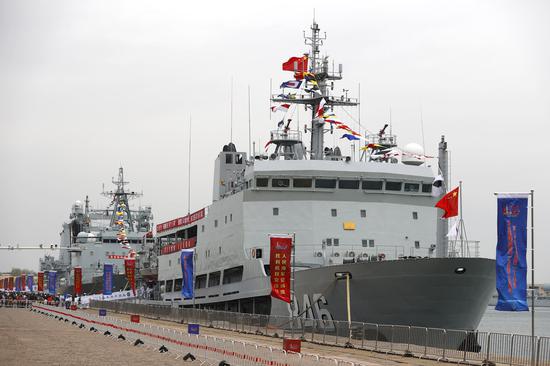



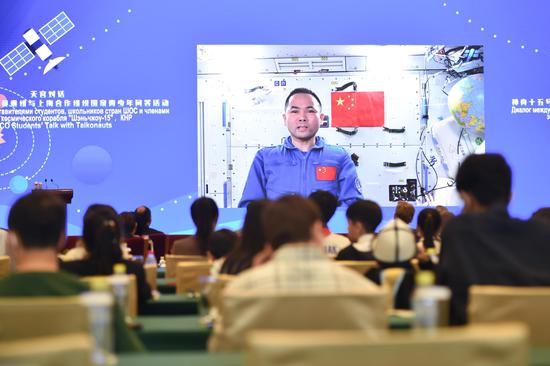

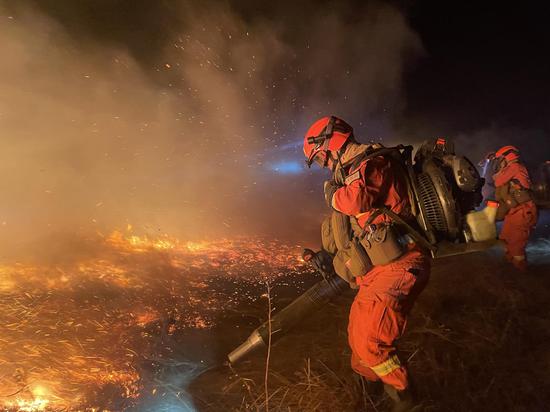

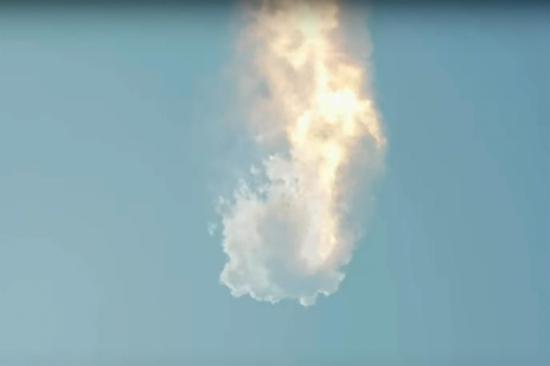

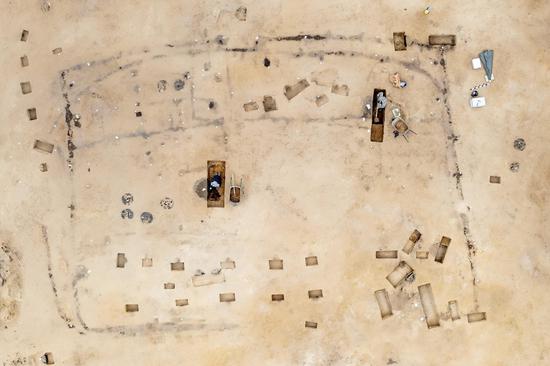


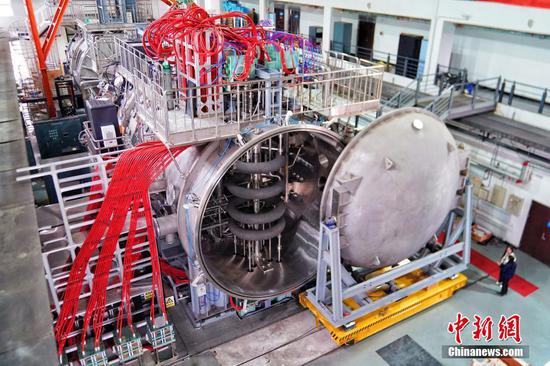

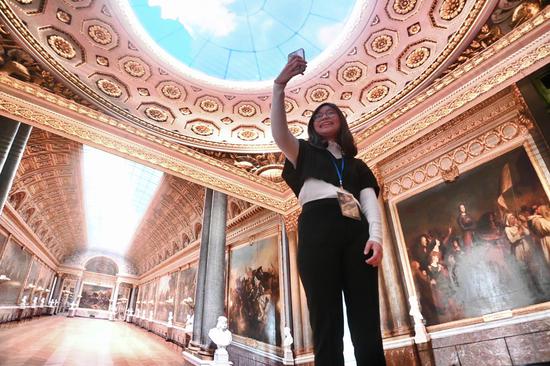



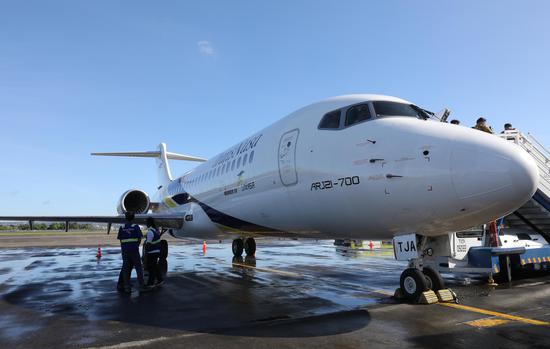
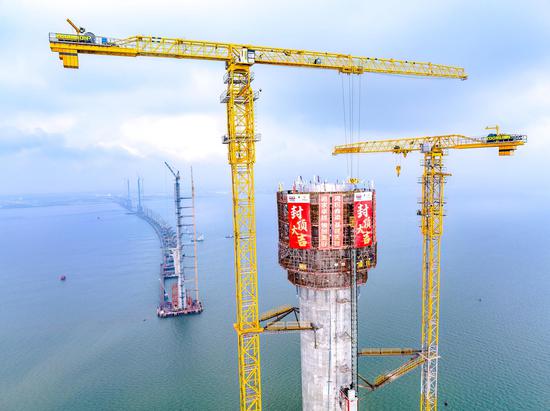

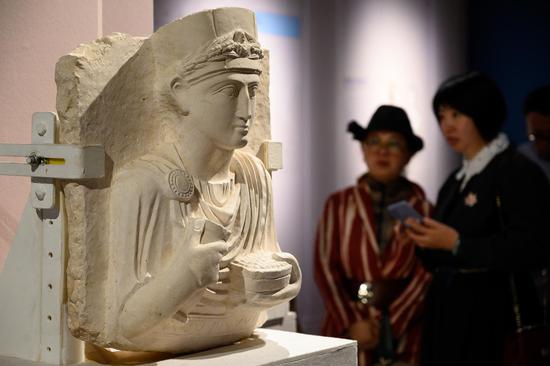
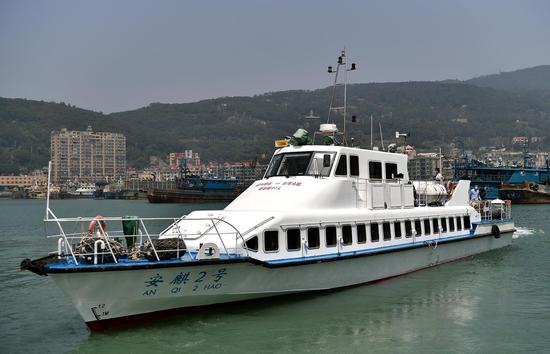

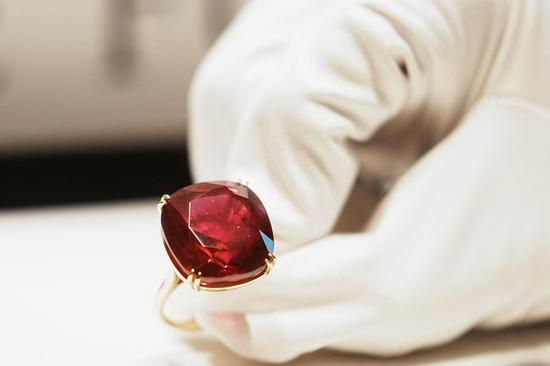






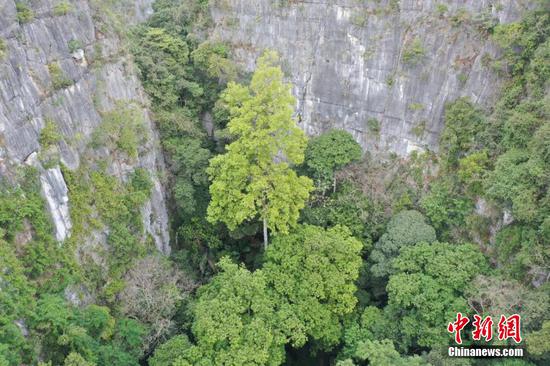
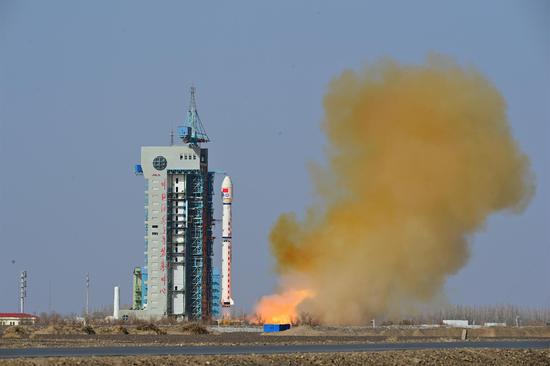

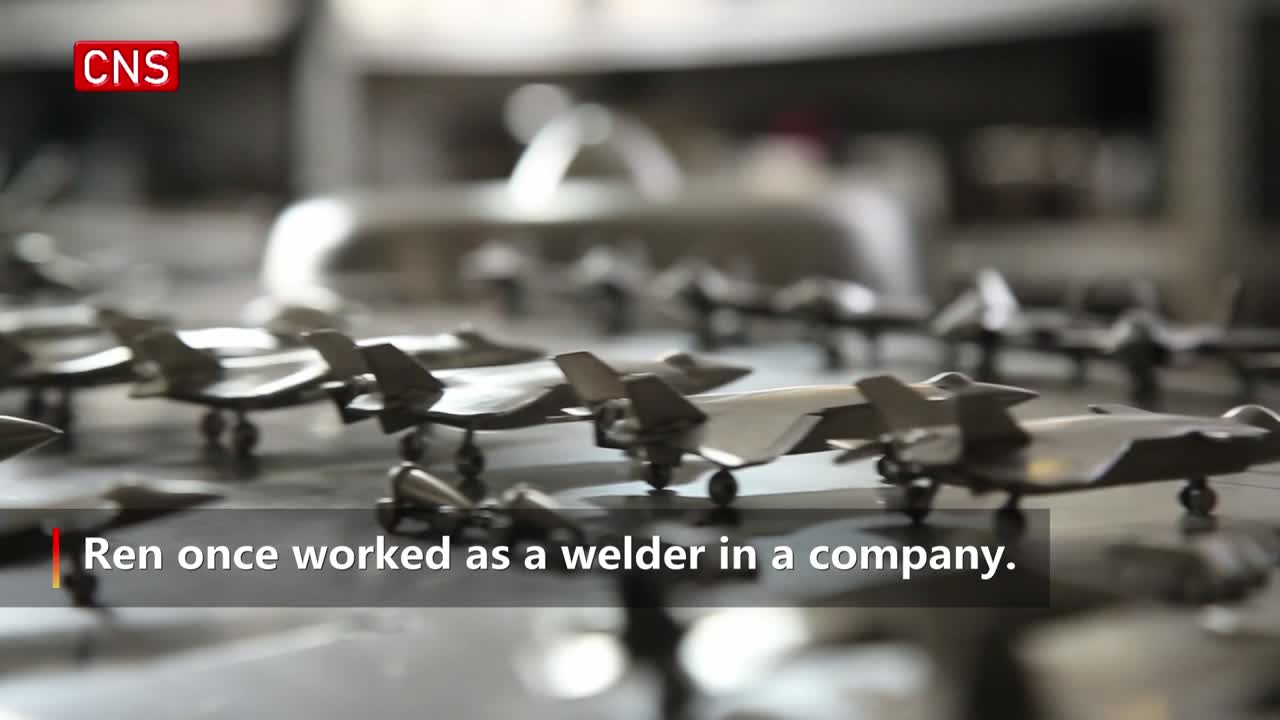



 京公网安备 11010202009201号
京公网安备 11010202009201号